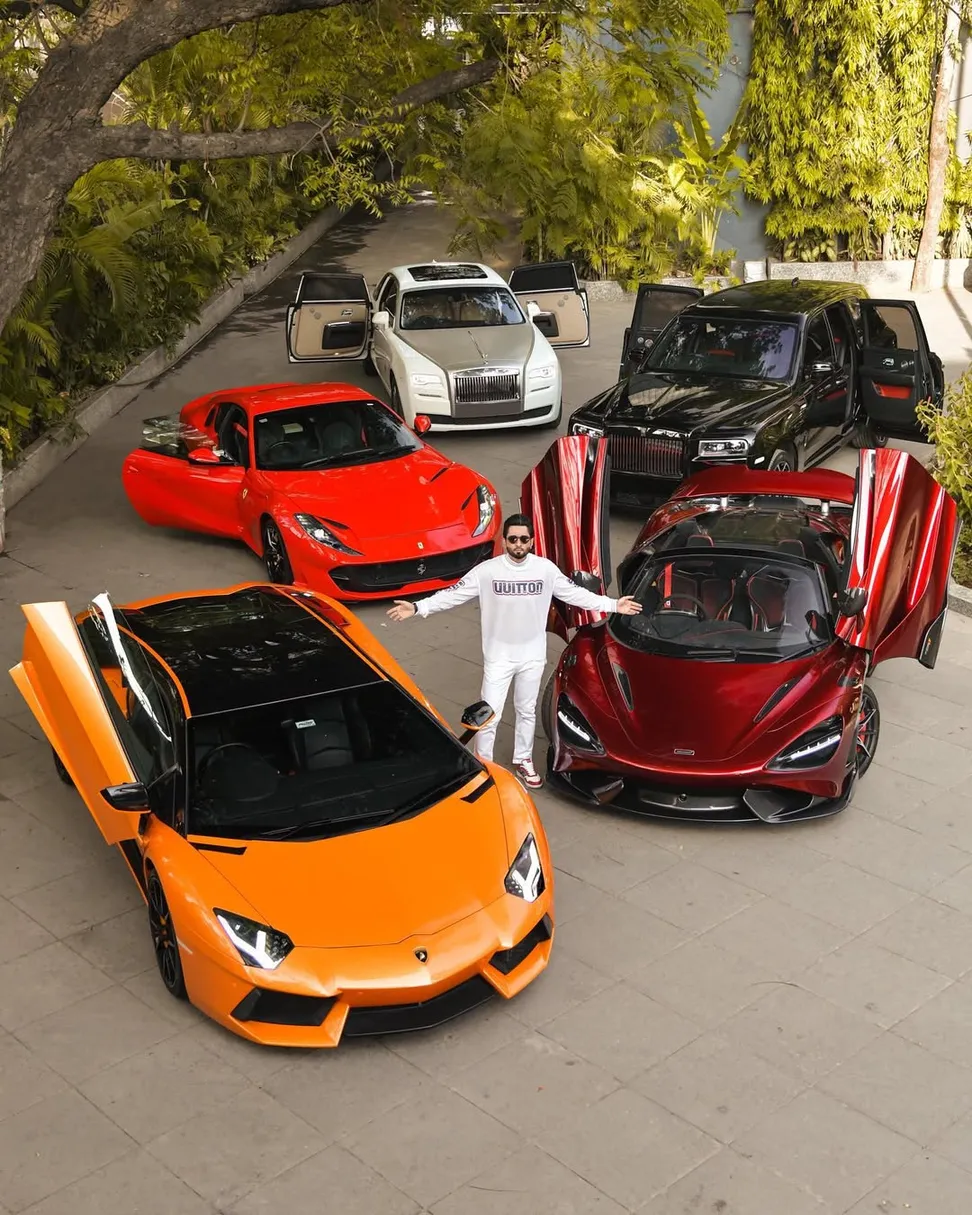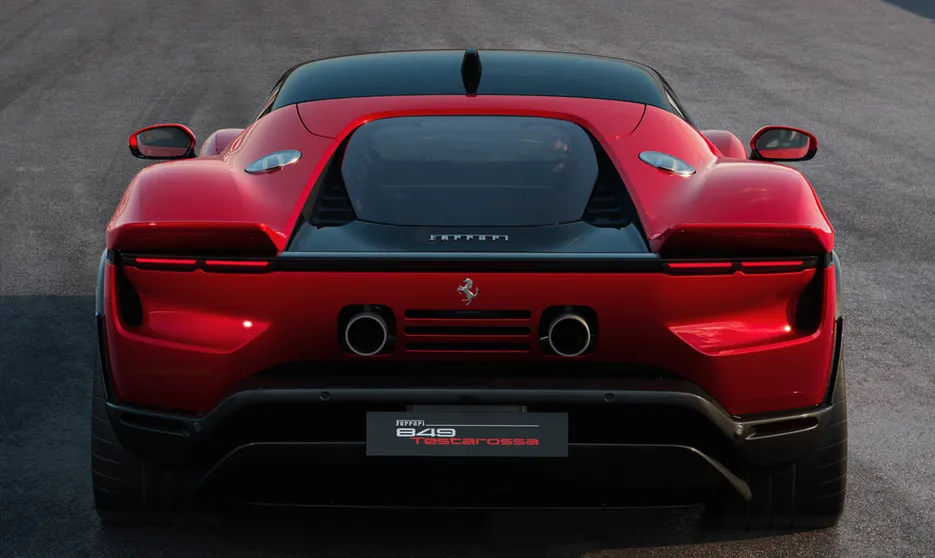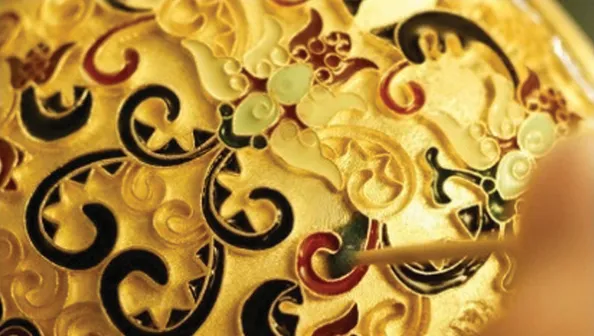Momentum vs Scale
In 2024, India became the fastest-growing market for Swiss watch exports, up 25.2% year-on-year (FHS data). China, by contrast, saw a sharp decline of −25.8%.
That makes headlines — but also easy traps.
In absolute terms, China’s market is still almost ten times larger (CHF 2.05 billion vs. CHF 274 million). This isn’t a power shift, at least not yet. It’s a momentum shift.
And momentum matters. In Q1 2025, Swiss watch exports to India climbed nearly 30% year-on-year, supported by the India–EFTA trade deal, which will begin phasing out duties from September.
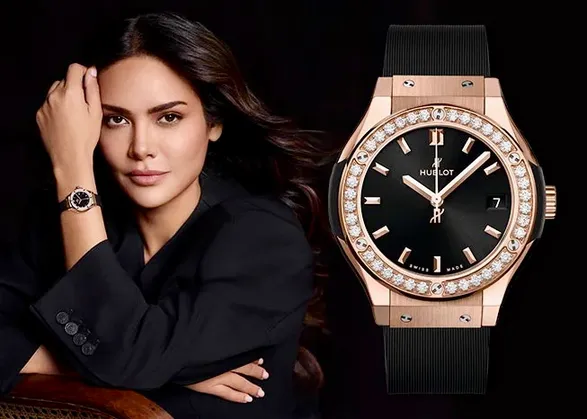
A Younger, More Confident Buyer
India’s luxury growth is powered by a younger, more brand-aware audience across both metros and Tier-2 cities like Chandigarh, Kochi, and Indore.
At the top end, UHNWIs who once bought watches abroad are now purchasing locally — a sign of growing trust and market maturity. Until recently, a Patek Philippe or Rolex would be picked up in Dubai, Singapore, or London. Today, those transactions are happening in Mumbai or Delhi boutiques.
The Kearney report identifies three broad consumer groups driving this shift:
- Traditionally Wealthy — old money families, valuing legacy and discretion.
- Rising Wealthy — first-generation entrepreneurs and professionals seeking recognition and status.
- Ambitious Achievers — young, urban, aspirational buyers, more experimental and open to new categories.
This diversity explains why India cannot be treated as a single market. It is multiple markets in one, each requiring its own brand strategy.
Fashion vs Jewellery: Different Games
Luxury fashion and watches are embracing localisation. Breitling, Hublot, and Rolex are expanding retail presence, while Hublot’s appointment of Indian actor Esha Gupta as a global brand face signals cultural intent. Luxury fashion brands are experimenting with India-specific designs — autorickshaw-themed handbags or Kada-inspired bracelets that resonate globally while staying rooted locally.
Jewellery, however, plays by different rules. The market was worth over USD 100 billion in 2024, but remains deeply tied to cultural and ritual traditions. Pieces like mangalsutras, temple jewellery, and anklets dominate, reflecting heritage rather than fashion.
Despite strong awareness, maisons like Cartier or Bvlgari remain niche. The barrier isn’t product quality — it’s cultural fit. This is where nuance decides who succeeds.
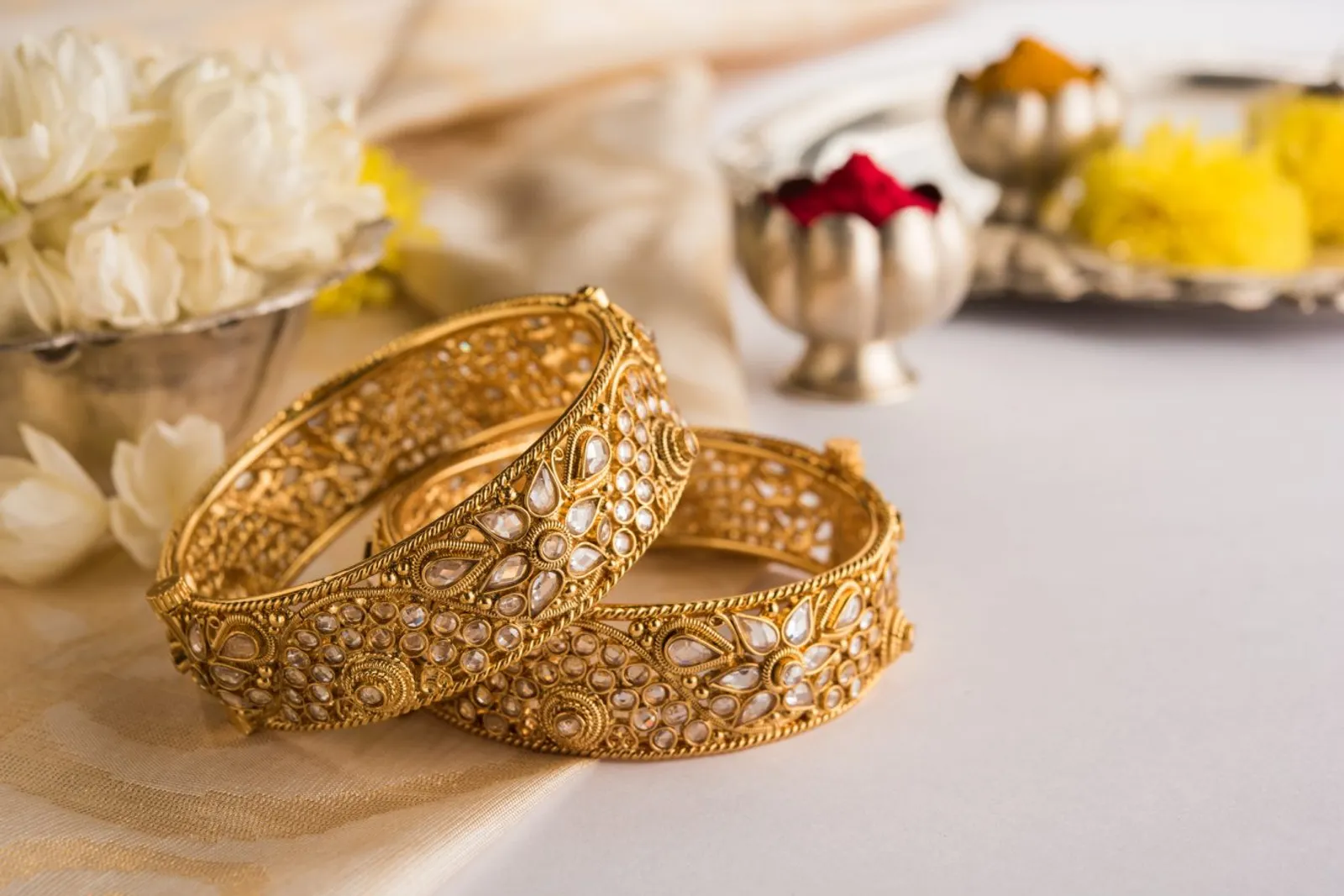
Structural Enablers
India’s luxury rise is supported by tangible shifts:
- Regulatory Tailwinds — the India–EFTA trade deal reducing duties on Swiss watches.
- Retail Expansion — new destinations like Jio World Plaza in Mumbai and Phoenix Palladium are creating world-class luxury retail environments.
- Demographic Dividend — a young population with rising disposable income, brand literacy, and global exposure.
The result is a market projected to reach USD 11.8 billion by 2028, growing at a CAGR of 9% (Kearney).
Lessons for Luxury in Asia
India’s momentum offers valuable lessons for luxury brands:
- Momentum is not scale. Growth is strong, but absolute volumes remain smaller than China. Strategy must balance ambition with realism.
- Local trust matters. UHNWIs buying domestically reflects rising confidence in local retail — and a chance to build long-term loyalty.
- Culture dictates jewellery. Success in this category depends on respecting tradition, not replacing it.
- Segment the segments. Recognise India’s three distinct consumer groups, from Traditionally Wealthy to Ambitious Achievers.
- Infrastructure is the enabler. Malls, airports, and trade policy are reshaping accessibility — and accelerating luxury demand.
Final Thought
India is not simply the “next China.” It is a complex, layered market growing with speed and confidence — but also with nuance. Success depends on knowing what to adapt, what to respect, and when to lead with bold creativity.
For brands willing to listen, the opportunity is immense. The question is: are you ready to play by India’s rules?

